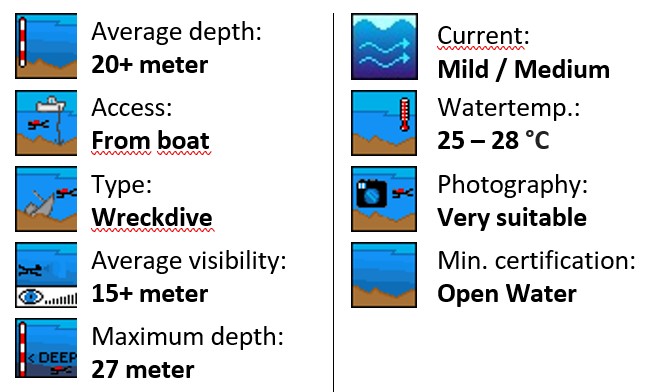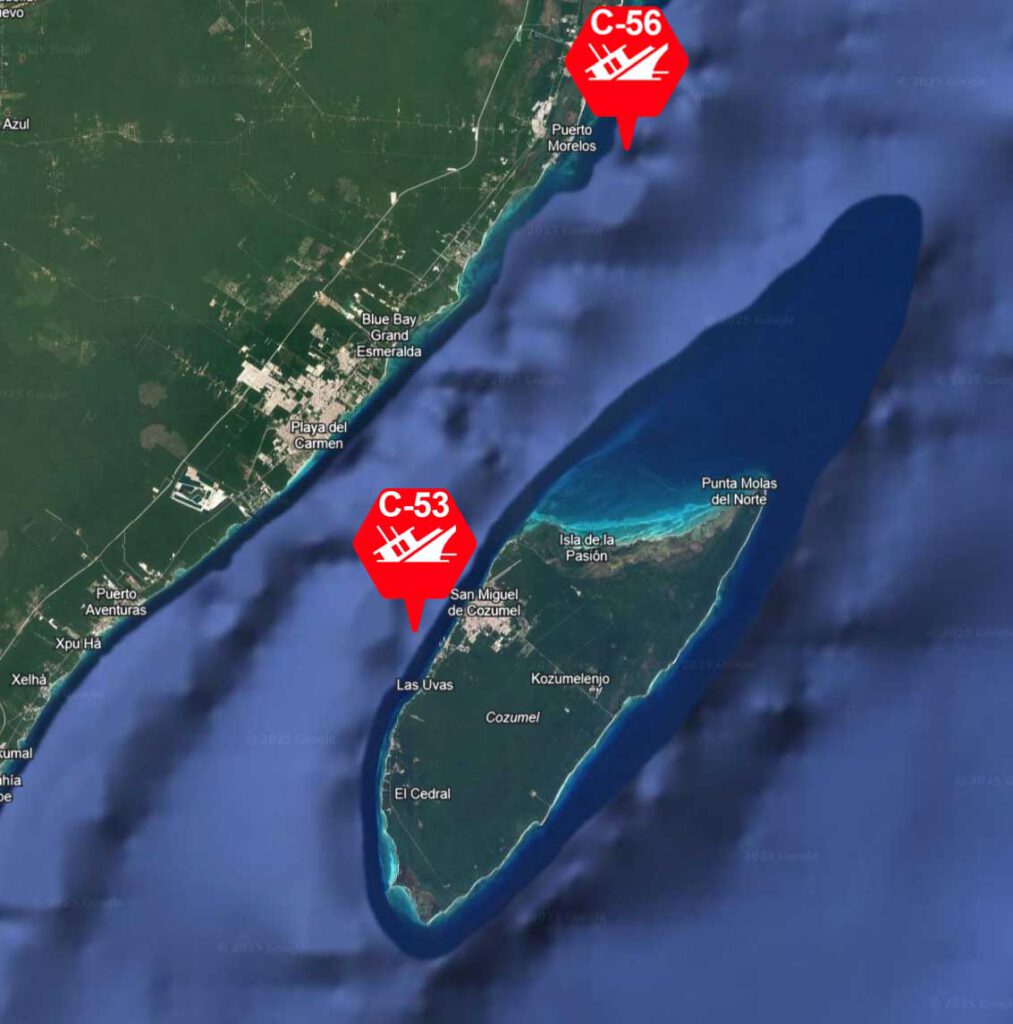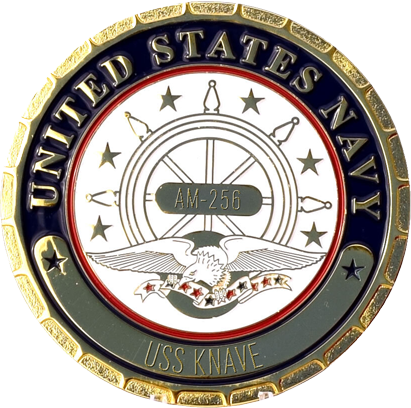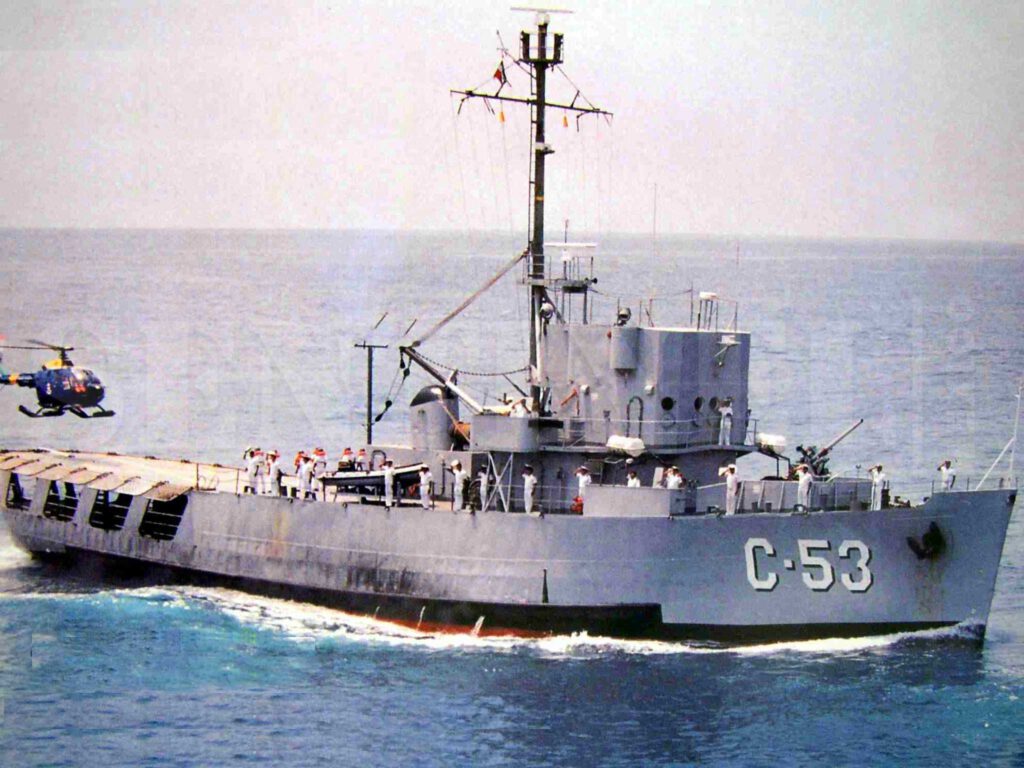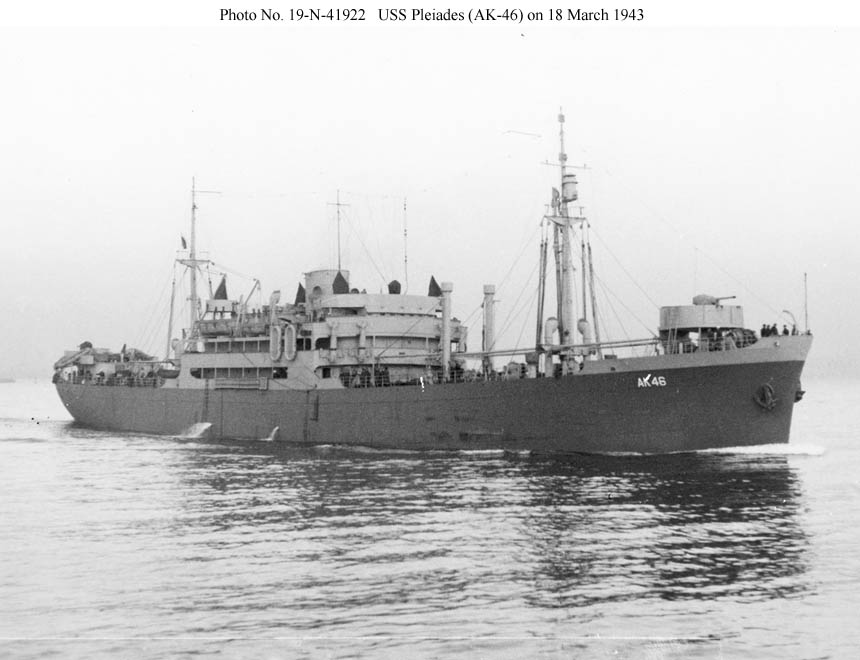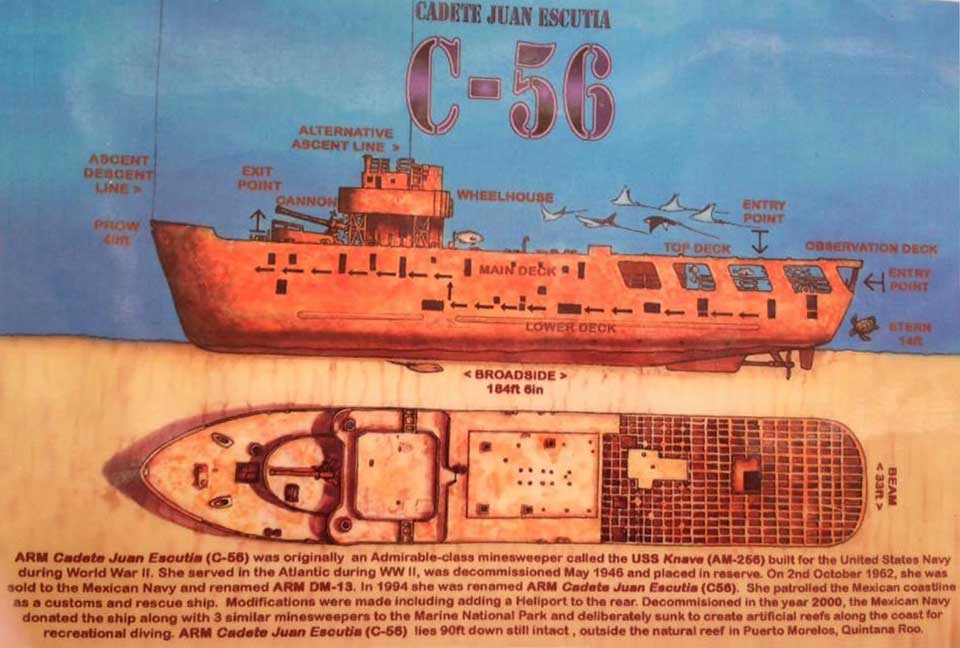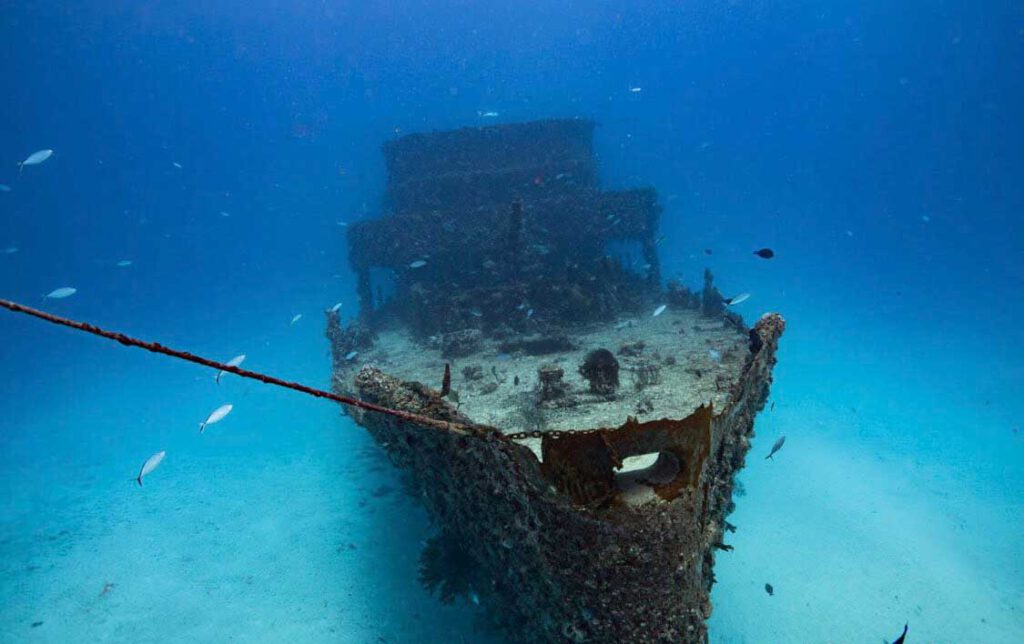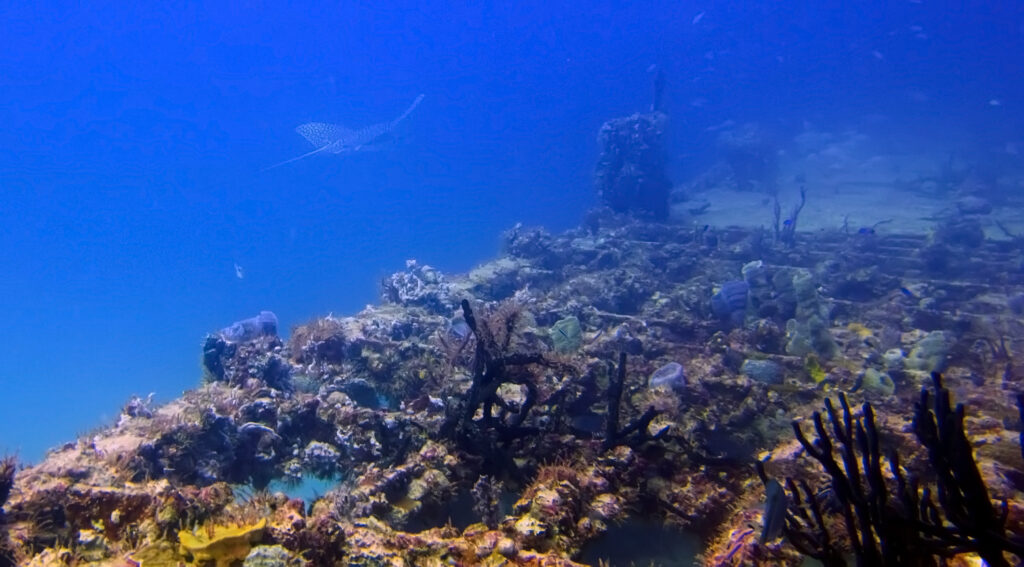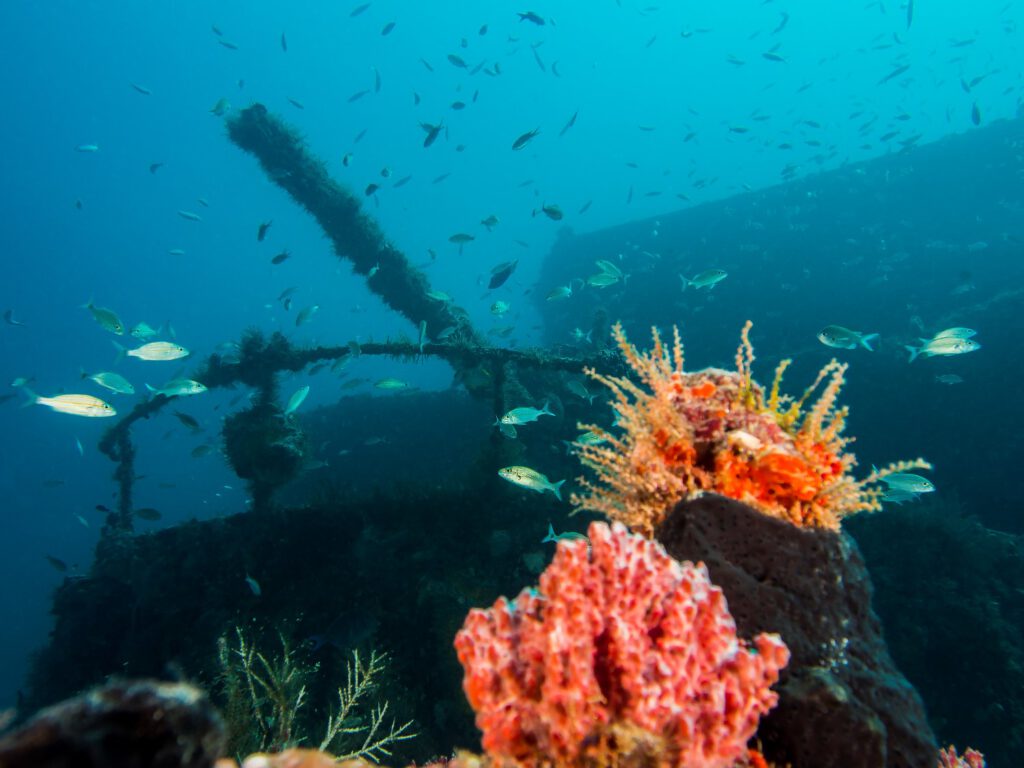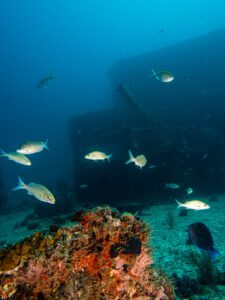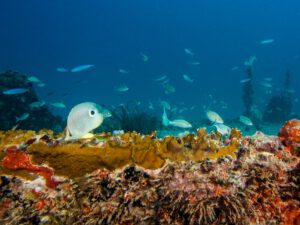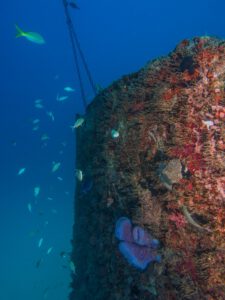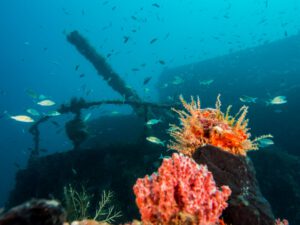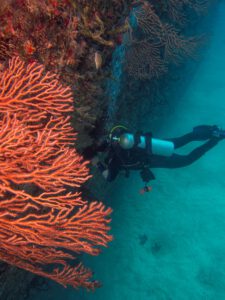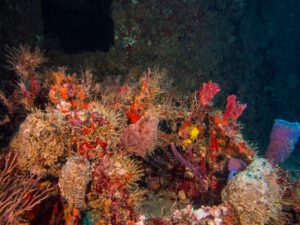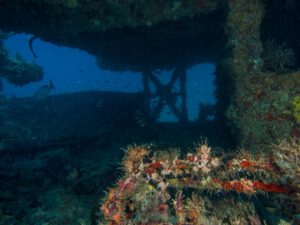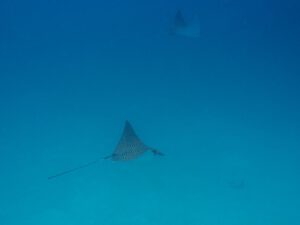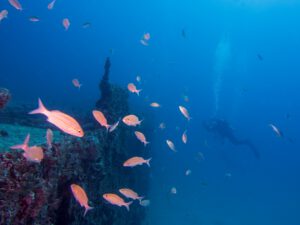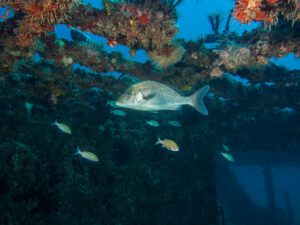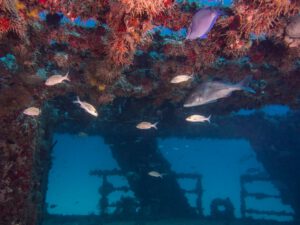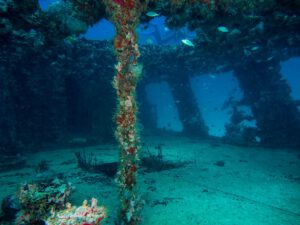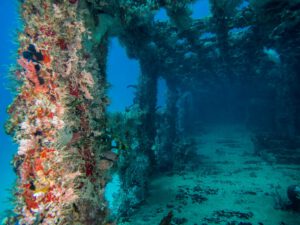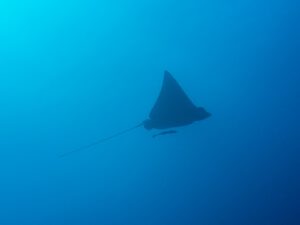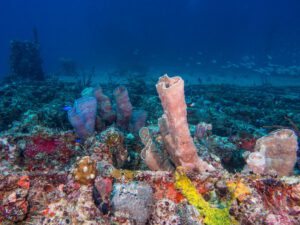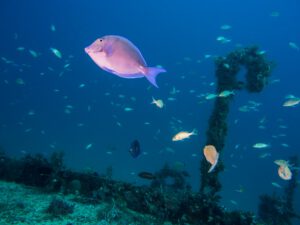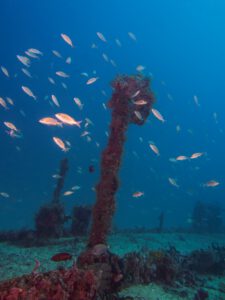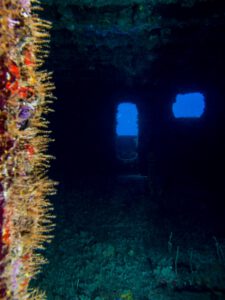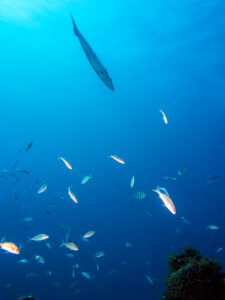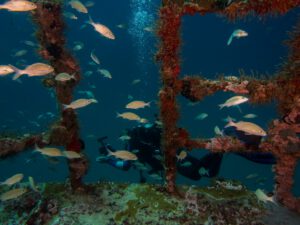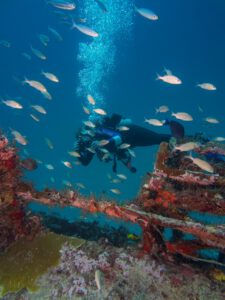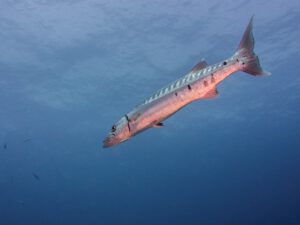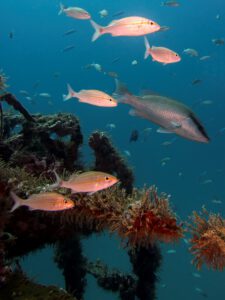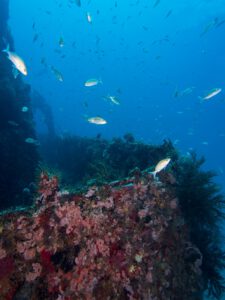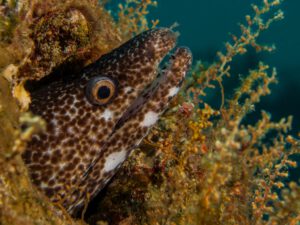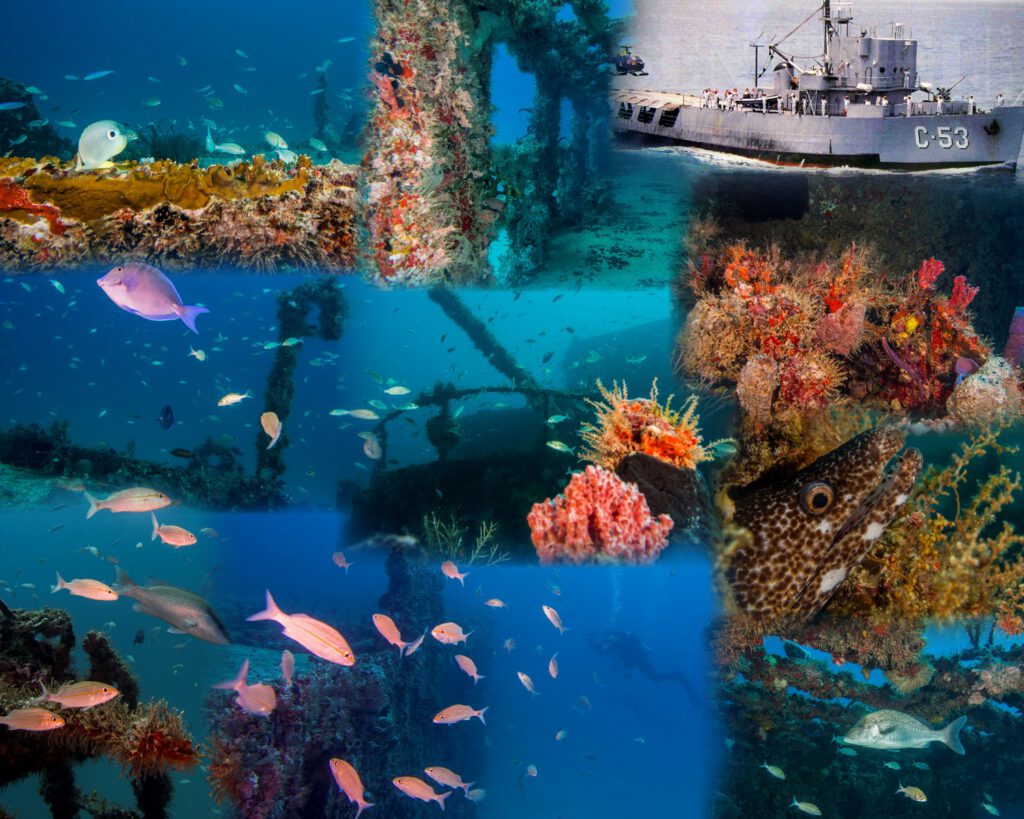Cadete Juan Escutia (C-56) - Puerto Morelos - Mexico
Originally built as the USS Knave (AM-256) for the US Navy during World War II.
The ship was renamed ARM DM-13 and later Cadete Juan Escutia (C-56).
In 2000, she is scuttled along the coast to be used as an artificial reef.
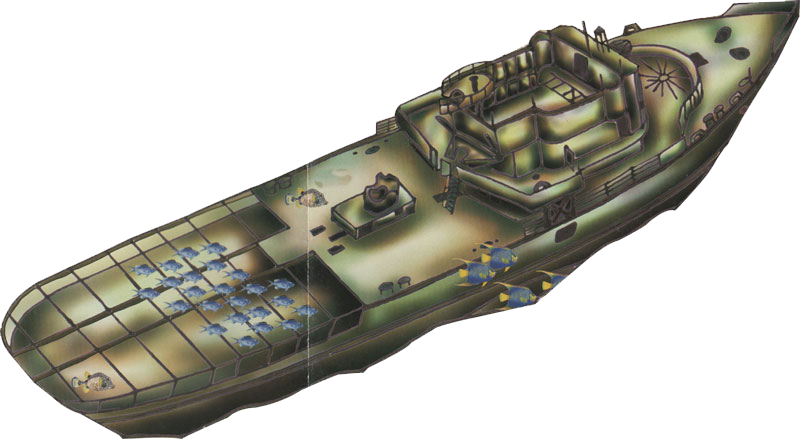
Cadete Juan Escutia (C-56) - Puerto Morelos - Mexico
The C-56 Shipwreck in Puerto Morelos is a dive that you cannot miss. This underwater jewel offers one of the best diving in the Riviera Maya, full of marine life and mystery that will leave you fascinated.
The C-56, also known as Juan Escutia of the Mexican Navy, is a Gunboat class ship that originally served the Mexican Navy. This 56 meter long vessel was deliberately sunk in 2000 to create an artificial reef, with the aim of promoting marine biodiversity and offering an additional attraction for diving tourism in the region.
The Juan Escutia C-56 wreck lies within the marine park at a distance of about 2 km from the coast.
You can reach from the port of Puerto Morelos with a boat ride of 15-20 min.
NOTE: The C-56 wreck is often confused with the C-53 wreck, the Felipe Xicoténcatl (USS Scuffle AM-298), which sank in the same manner only a few kilometers away in Cozumel. Both ships are the same type of minesweeper.
Unfortunatly we don’t have any 3D models available (yet)
The story & the dive
The data
General characteristics
- Builder: American Ship Building Company, Lorain, Ohio
- Launched: 13 March 1943
- Sponsored by: Mrs. Geraldine Donohue
- Class & type: Admirable-class minesweeper
- Displacement: 650 long tons (660 t)
- Length: 56.24 m.
- Beam: 10 m.
- Draft: 2.97 m.
- Propulsion: 2 × ALCO 539 diesel engines, 1,710 shp (1,280 kW), Farrel-Birmingham single reduction gear, 2 shafts
- Speed: 15 knots (28 km/h)
Armament
- 1 × 3″/50 caliber (76 mm) DP gun
- 2 × twin Bofors 40 mm guns
- 1 × Hedgehog anti-submarine mortar
- 2 × Depth charge tracks
(Click to enlarge)
Service record
- S. Atlantic Fleet (1943–1946)
- Atlantic Reserve Fleet (1946–1962)
- Mexican Navy (1962–2000)
Service record Unites States
- Name: USS Knave (AM-256)
- Launced: 13 March 1943
- Laid down: 23 October 1942
- Commissioned: 14 October 1943
- Decommissioned: 1 May 1946
- Reclassified: MSF-256, 7 February 1955
- Stricken: 2 October 1962
- Fate Transferred to Mexican Navy, 2 October 1962
Service record Mexico
- Name: ARM DM-13
- Acquired: 2 October 1962
- Renamed: ARM Cadete Juan Escutia (C56), 1994
- Namesake: Juan Escutia
- Stricken: 2000
- Fate: Sunk as an artificial reef about one half mile off of the coast of Puerto Morales in the Yucatán Peninsula.
The history
In 1943 the C-56 Juan Escutia was launched under her original name USS Knave (AM-256).
The Knave was launched 13 March 1943, by American Shipbuilding Co. Lorain in Ohio. Mrs. Geraldine J Donohue, a nurse at the shipyard first aid station, christened this ship. Lt. Comdr. A. M. White was in command.
It was commissioned on 14 October 1943.
On 24 October 1943 the Knave sailed via the Virginia Capes and the St. Lawrence River towards Norfolk, Virginia.
It arrived on November 24.
After a brief period as school ship at Little Creek, Virginia, The Knave departed Hampton Roads for Rio de Janeiro via Trinidad, B.W.I., and Recife, Brazil, arriving 11 February 1944.
She swept Brazilian waters until 4 April when she began 9 months of escorting convoys between Trinidad and Recife.
On 1 January 1945, she got underway for the United States, escorting USS Pleiades (AK-46) and arrived Miami, Florida, 15 January.
After overhaul at Miami, Knave served as school ship at the Naval Training Center, Miami and at Yorktown, Virginia, visiting Charleston, South Carolina, New Haven, Connecticut, and Norfolk, Virginia.
Detached from school ship duty 11 February 1948, The Knave sailed from Norfolk to Orange, Texas, arriving 21 February.
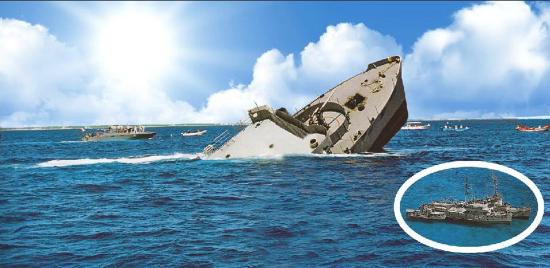
The sinking of the Cadete Juan Escutia (C56)
The Knave was decommissioned and was placed in reserve at Orange, Texas, on 1 May 1946.
While in reserve, Knave was reclassified MSF-256 on 7 February 1955.
In October 1962, she was sold to the Mexican Navy and renamed ARM DM-13. In 1994, she was renamed ARM Cadete Juan Escutia (C56).
It was sunk in October of 2000 by Ernesto Zedillo who served as President of Mexico from December 94 to November 2000 and understood the importance of protecting and preserving the eco-system of the Caribbean especially since he was a diver himself.
The dive
This wreck is accessible by boat from Puero Morelos.
You find a very established current at the surface, but once down there will be less current.
Descend along a line marked on the surface by a buoy, to a depth of 30 m.
Once at the bottom, the best wreck diving. The C-50 is in navigation position, allowing for intuitive exploration diving.
You can dive around the hull, observe the cannons still in place and delve into the bowels of the ship.
The ship’s cabins and compartments have become home to a rich variety of marine life and are easy accessible.
Take your time, and make sure you’ll explore all this wreck has to offer.
Flora & Fauna
The C-50 is not only a structural marvel, but also a vibrant ecosystem.
Various species of tropical fish, rays, sea turtles, moray eels, etc. live inside.
Corals and sponges have colonized the hull, adding an explosion of color to the underwater landscape.
Divers often find themselves surrounded by schools of barracudas and we will surely be able to see the incredible eagle rays that are found cruising around the wreck, creating an unparalleled immersion experience.
While large baracuda’s are guarding the upper deck, big rays are laying next to the wreck in the sand.
If you like underwater photography, the C-50 is heaven.
The light and visibility conditions allow you to capture spectacular images of marine fauna and the ship’s structures.
Visibility is about 25 m.
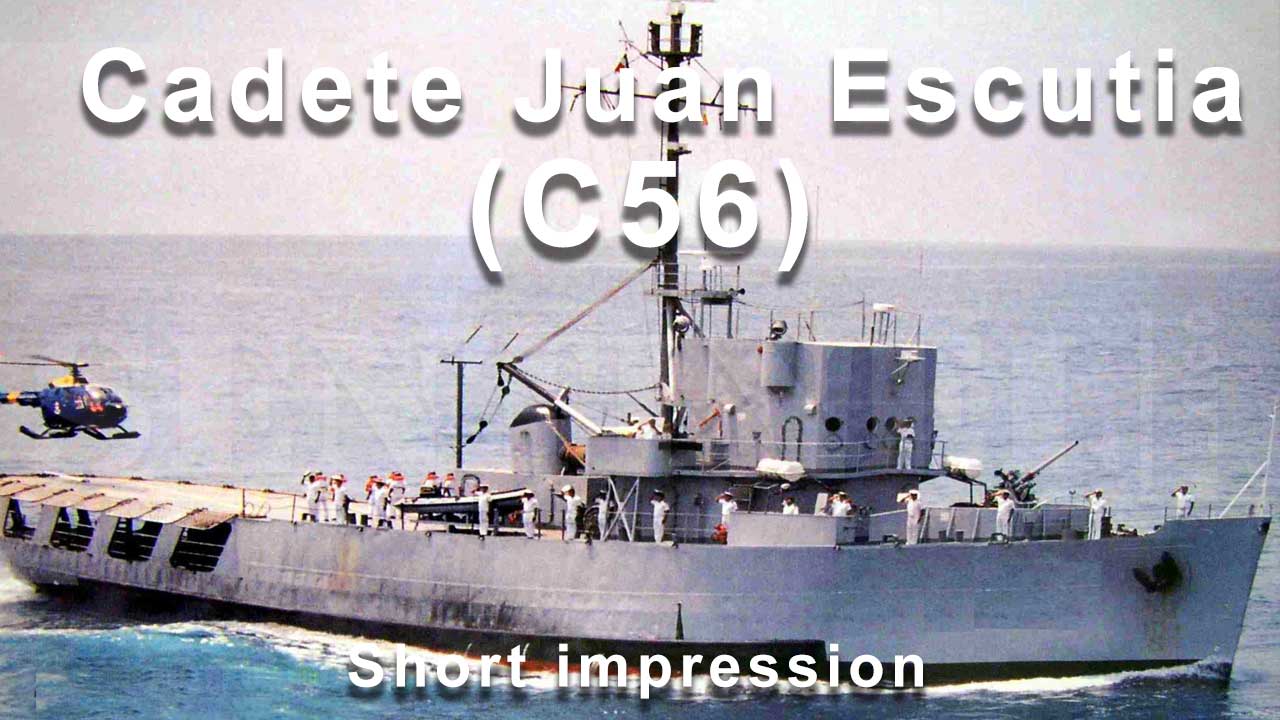
Short impression diving the C-56 (Click to start video)
Conclusion
While it’s a wreck dive, it doesn’t require specific wreck diving certification as the wreck is relatively open and accessible.
xploring a sunken warship transformed into a vibrant artificial reef is a unique and memorable experience
Scuba diving in C-56 Juan Escutia Adventure underwater through Mexican history!
You will see beautiful amazing eagle rays that usually are hanging around in the current among other species like barracudas; big snappers and others that have made this wreck their home.
The wreck offers penetration possibilities through the engine room and the staterooms.
The wreck is wide open, for easy access.
The ship’s structure is a thriving habitat for sponges and other marine organisms. More advanced divers can enjoy the challenge of exploring the deeper parts of the wreck, where they might encounter other marine species.
